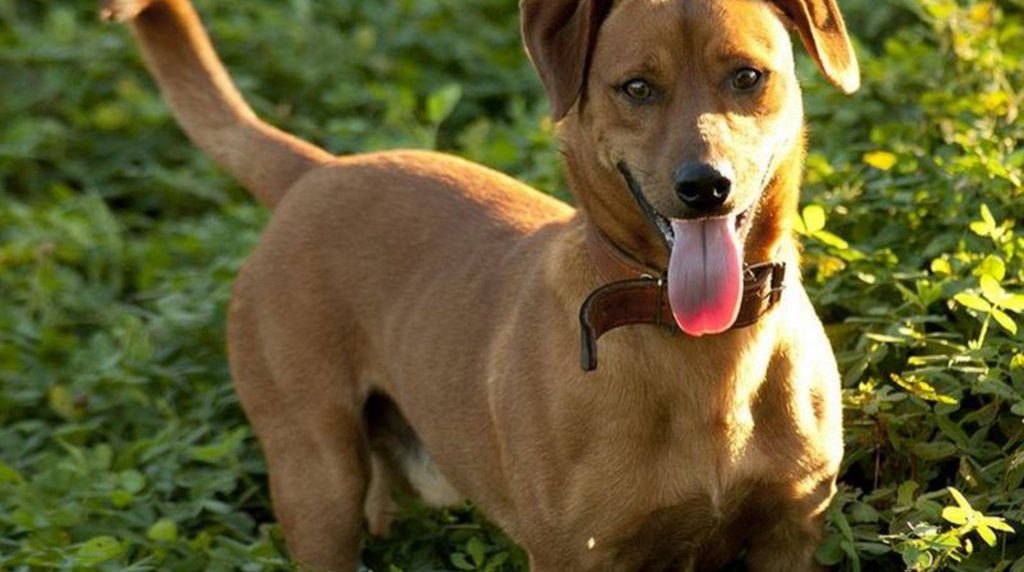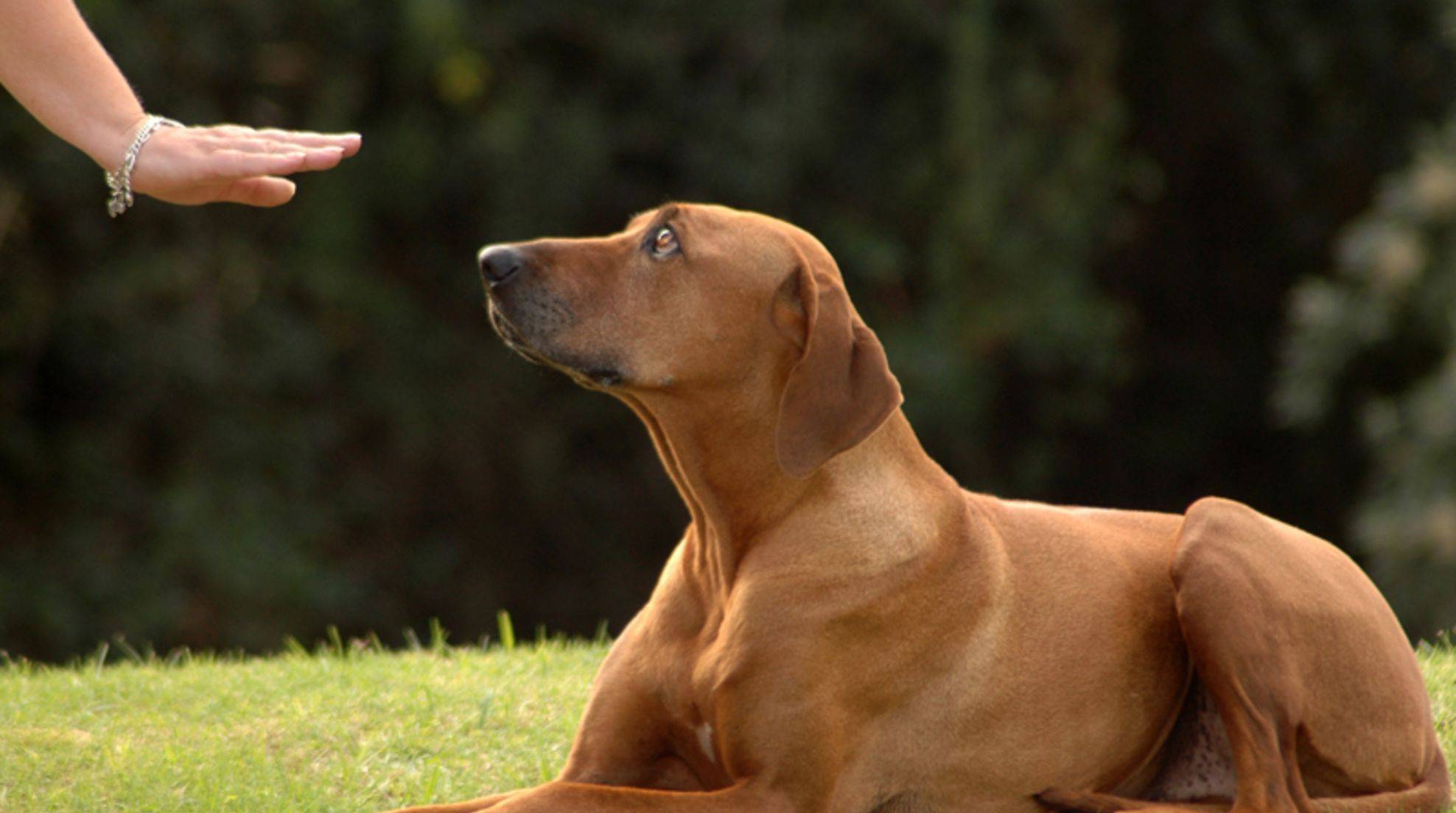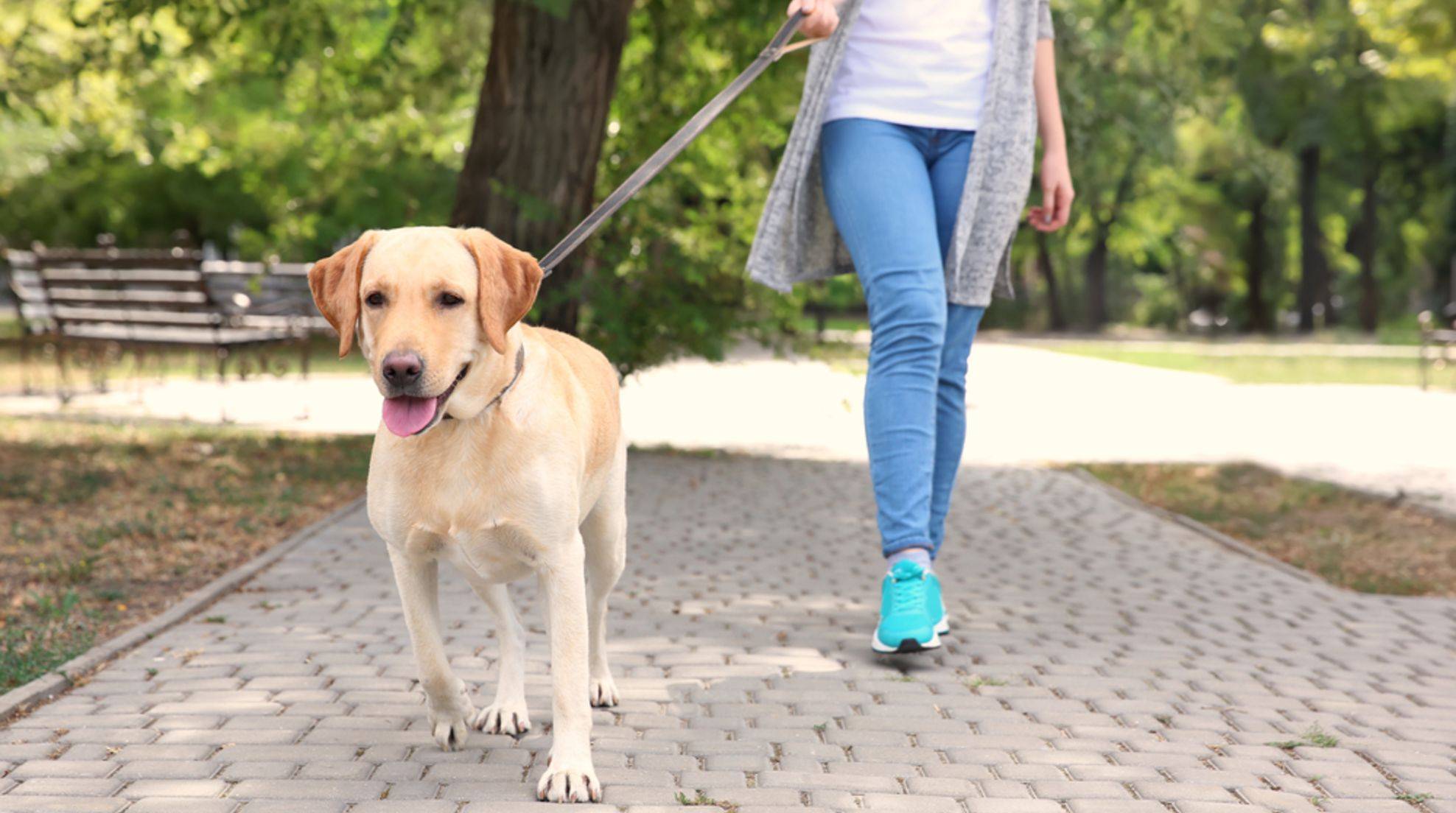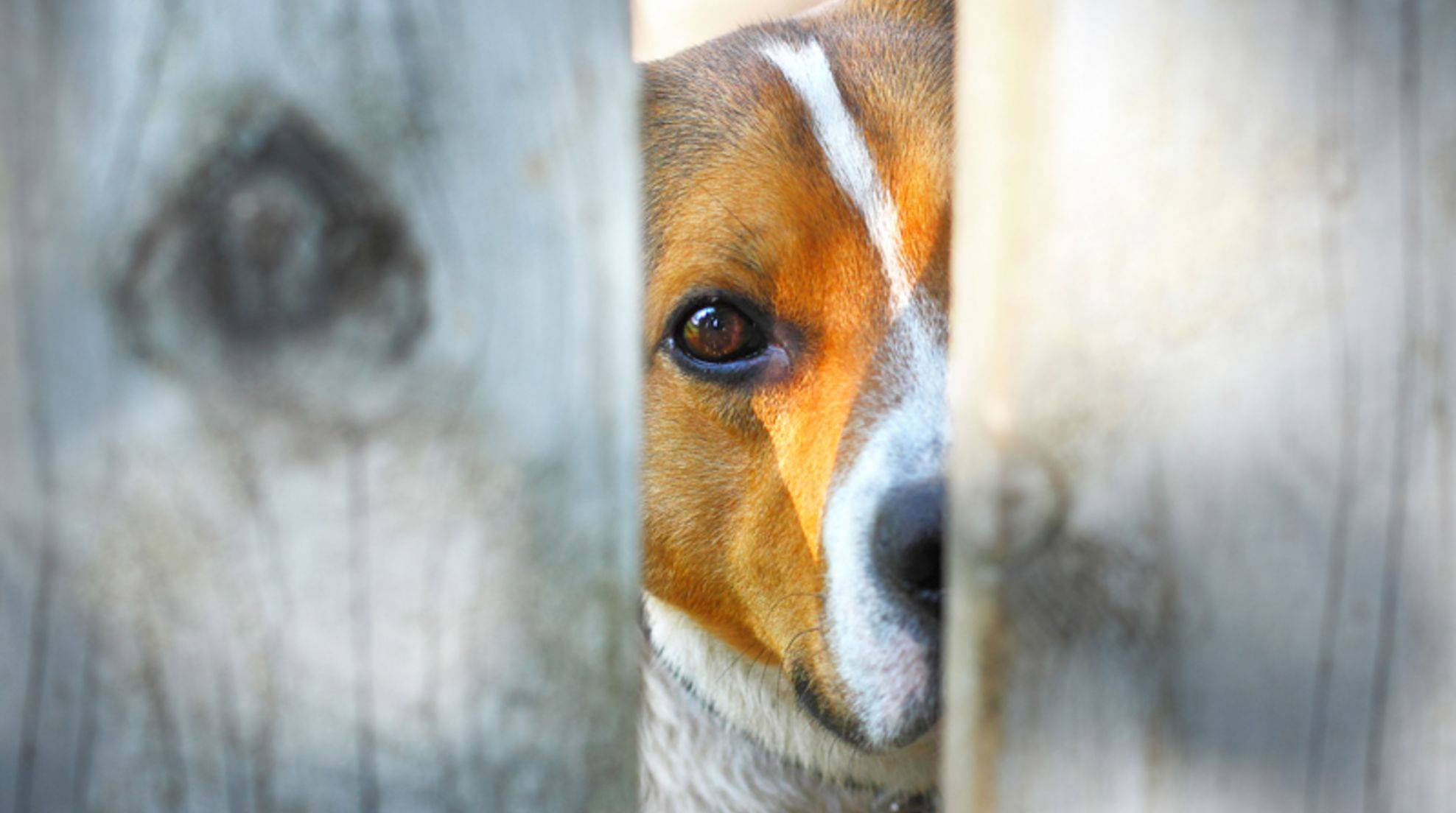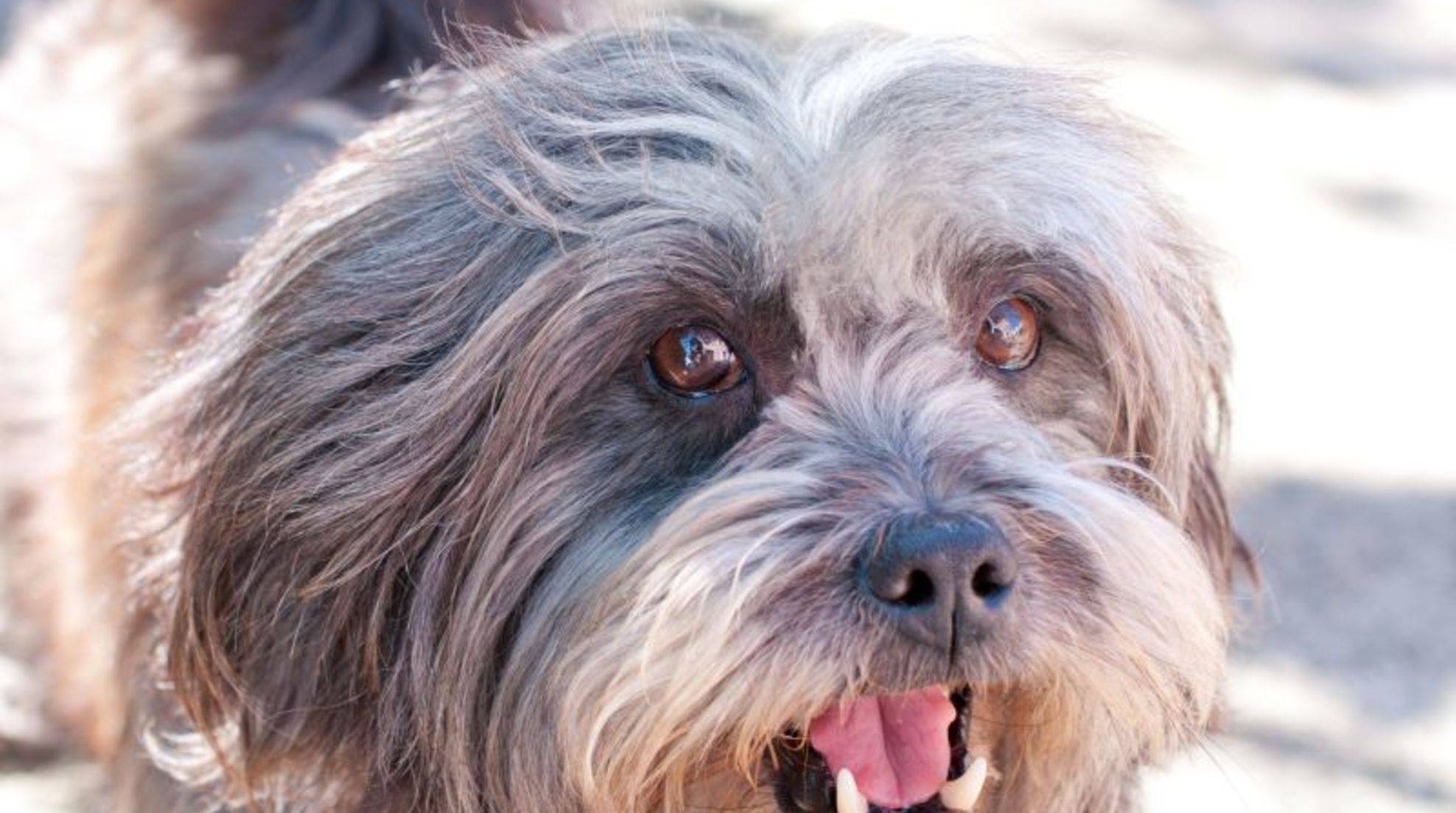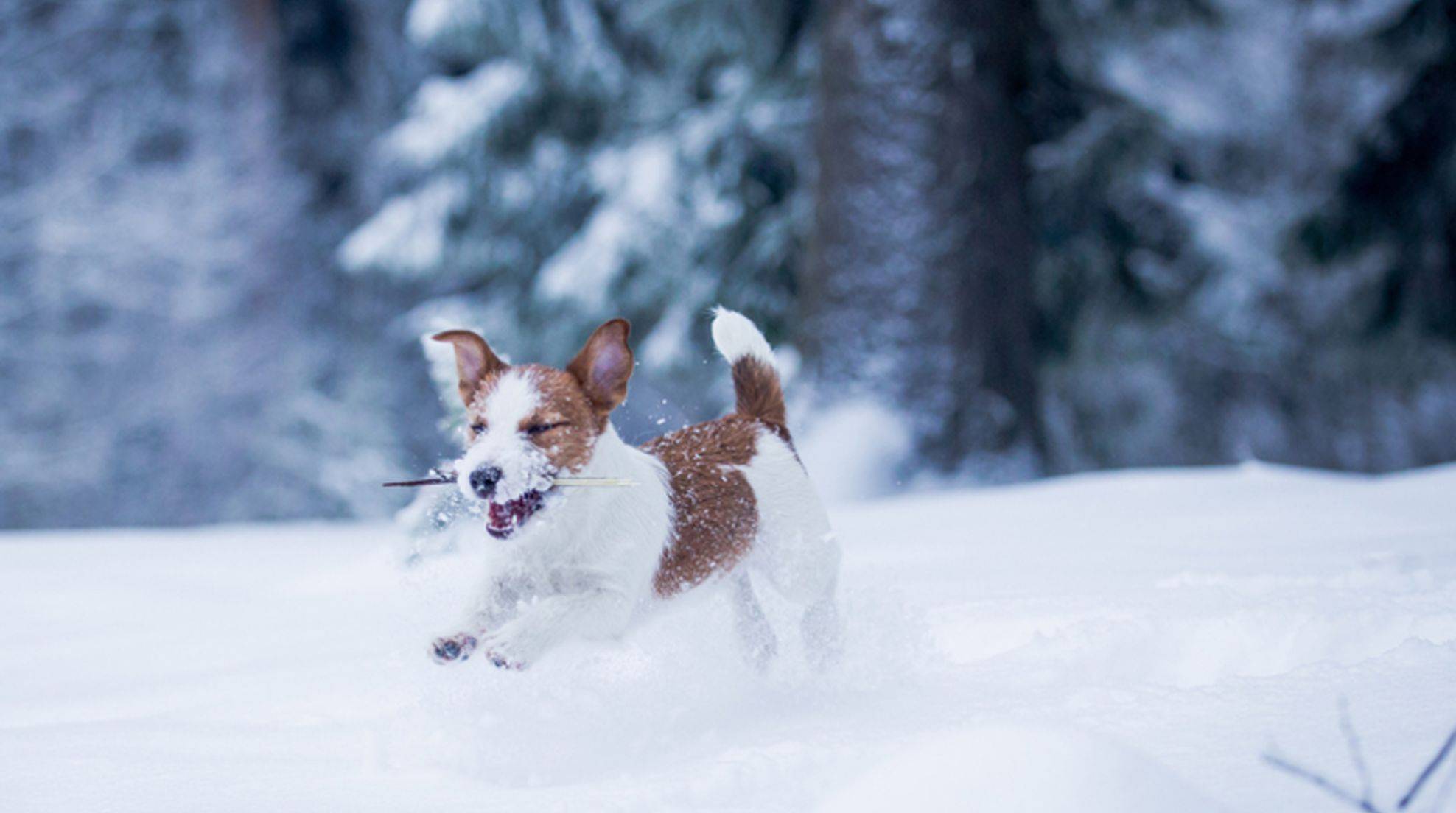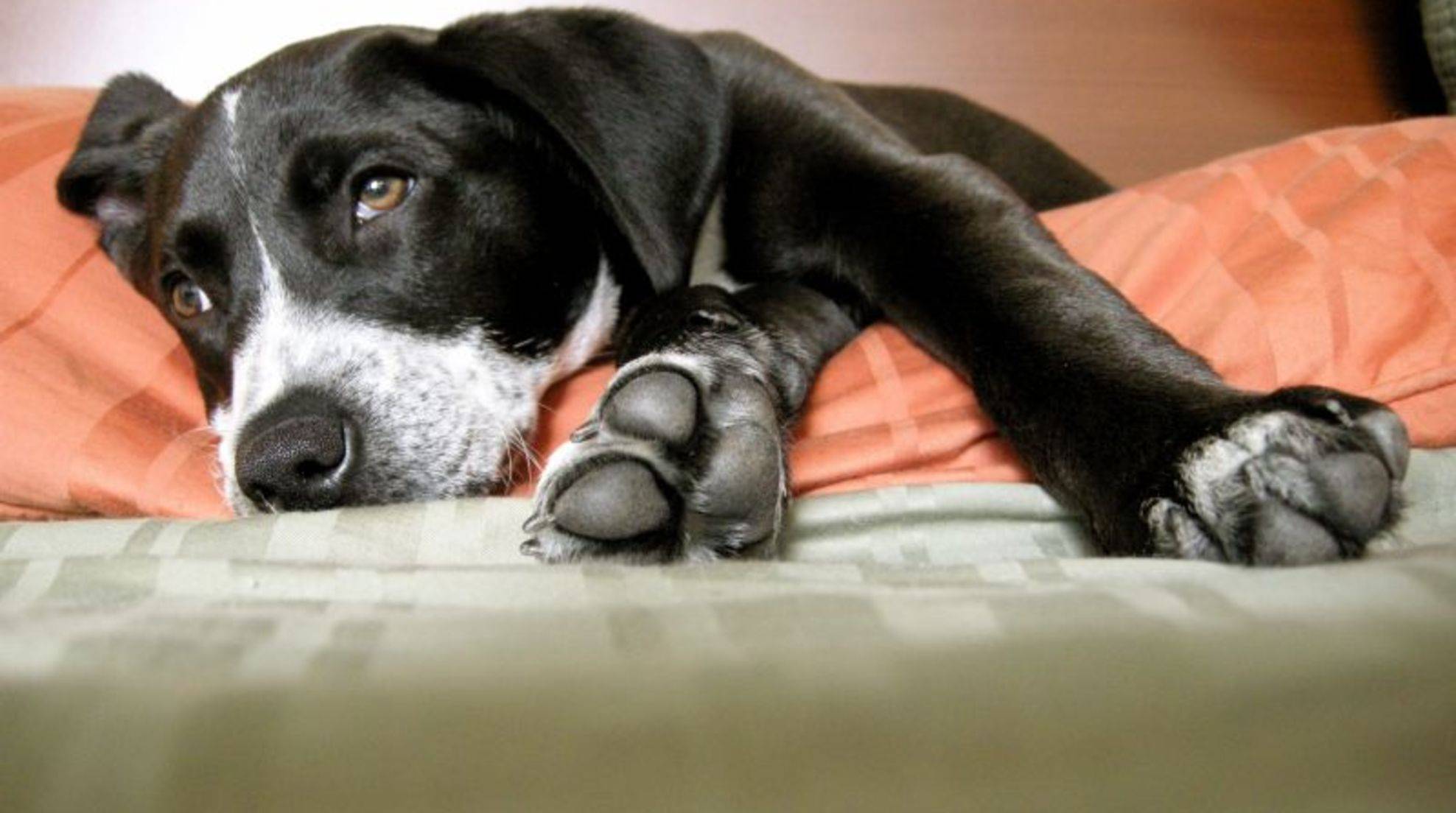Care short hair coat: tips for a beautiful dog coat
Shine and suppleness in the short coat of your dog do not come by themselves. To properly care for your four-legged friend’s short skin, you should use gentle and species-appropriate methods. Here are a few tips for doing so.
Make sure your dog’s coat gets good grooming regularly. The effort required to do this is quite manageable. However, the longer you let the coat care slide, the more action you will need to put in when you start grooming again. Read on to learn how easy it is to handle your faithful companion’s shorthaired coat properly.
Grooming shorthaired fur: a hairy business
Whether long, short, rough, or smooth, you should not neglect the care of your animal friend, even if your four-legged friend resists at first. A healthy and supple coat your darling gets only through regular maintenance. However, if you are the owner of a shorthaired breed, you can take a more relaxed approach to brush. Once a week is enough to care for shorthaired fur appropriately.
Grooming shorthaired fur during the coat change
At times of coat change, it is advisable to brush your four-legged friend more often than once a week. Small tip: Brush your darling often and bathe him only in the rarest cases. Especially shorthaired breeds have sensitive skin, which chemical additives can damage during bathing.
Tips for the care of your dog’s coat
A soft natural bristle brush or a rubber nap brush is best for brushing. This involves gently brushing the coat against the grain to remove loose, dead fur thoroughly. If you do this as much as possible without a lot of pushing or quick movements, there are two advantages: Your four-legged friend will happily endure the brushing, and they’ll pick up as much loose hair as possible.
Grooming the coat with a massage curry comb
You can also use a massage brush. It ensures good circulation and, incidentally, the well-being of your dog. A so-called “Furminator” is also optimal for the targeted removal of loose hair. It removes loose hair gently and very effectively. However, the device should only be used with the stroke, i.e., in the direction of growth of the hair.
Also, make sure that you do not press too hard and do not damage the skin of your favorite. With feeling and the appropriate equipment, you will easily reach the goal, and your animal friend will get a relaxing massage with a feel-good factor, in addition to a shiny and healthy coat.

